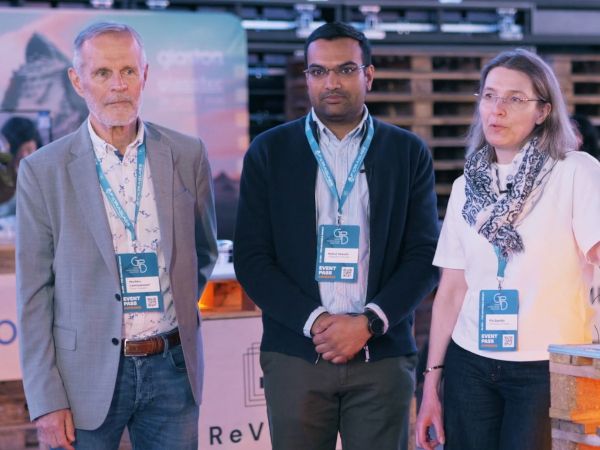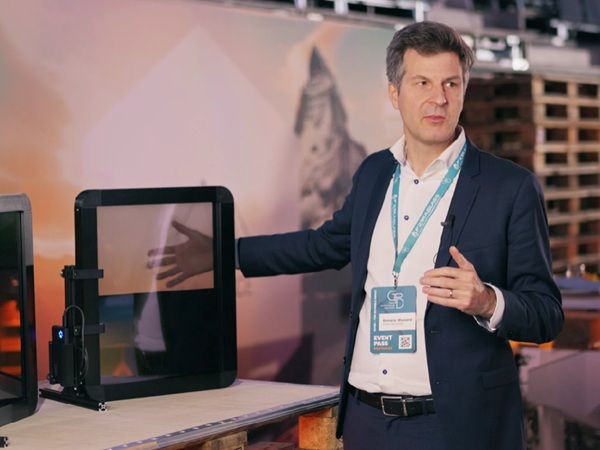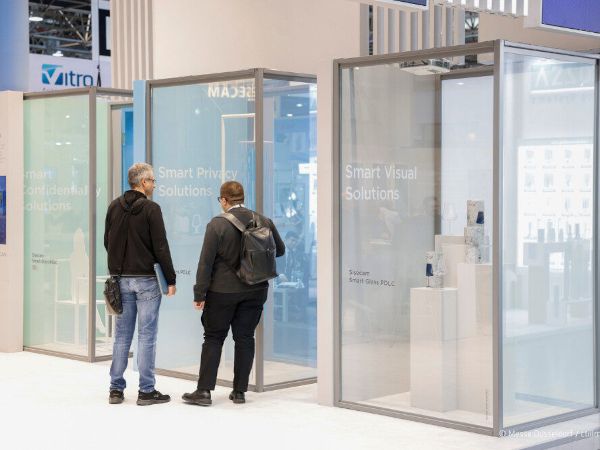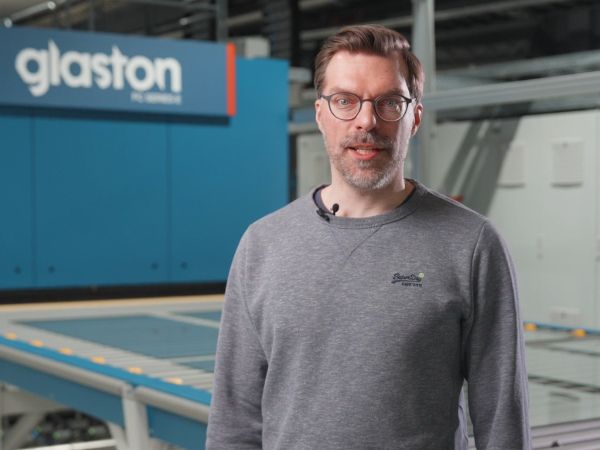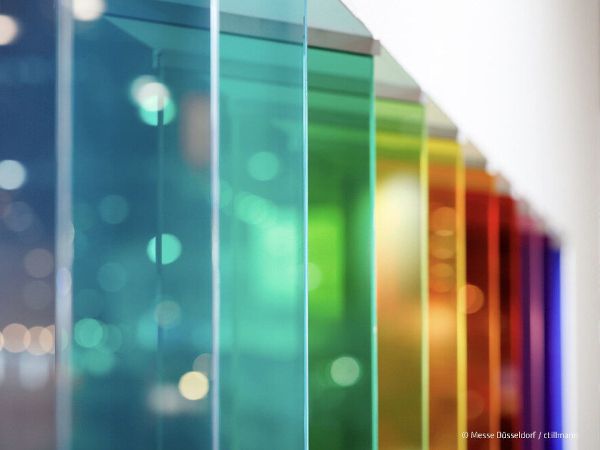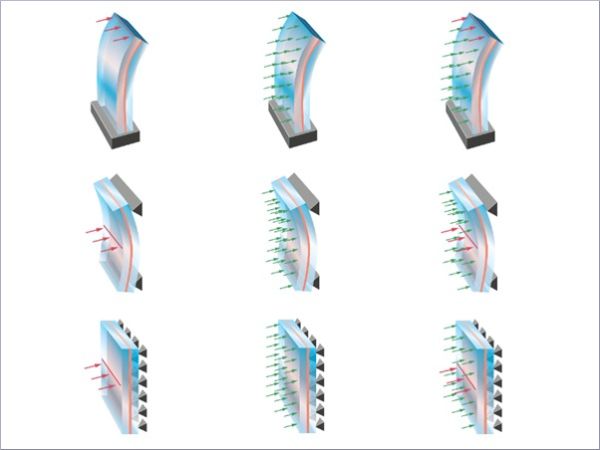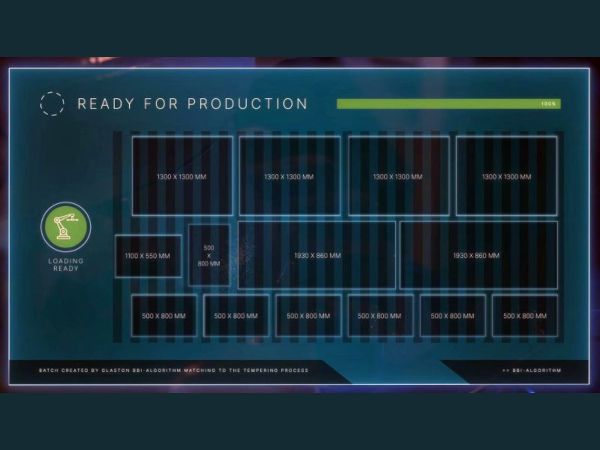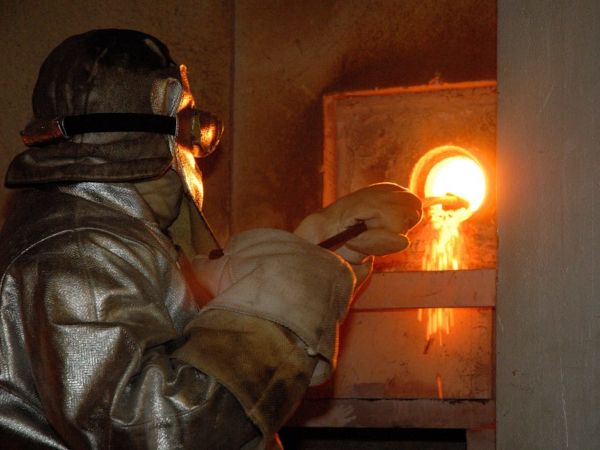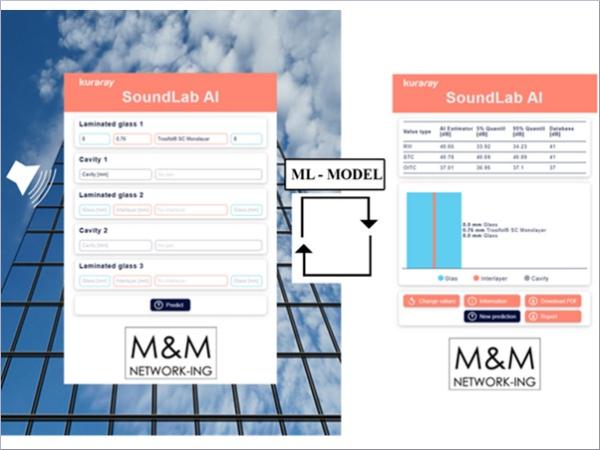Others also read
| Smart glass, simplified. Meet OSSE, Organic Semiconductor Materials for Sustainable Electronics, from the University of Turku.
| At Step Change 2025, ReViSalt demonstrated how its innovations are reshaping the future of glass strengthening.
| Fresh from Step Change 2025, Lithium Designers GmbH, the Frankfurt-based innovators transforming façade planning through parametric design and 3D-printed nodes, shared their insights on how technology is reshaping the future of architectural design.
| At Step Change 2025, in connection with Glass Performance Days 2025, eLstar Dynamics wowed us with their smart glass tech that dynamically shifts from ultra-dark (0.1% transparency!) to crystal clear (up to 70%).
| Be it for more privacy at the office, discretion during conferences or an aesthetic styling element in architecture – switchable glass transforms transparent surfaces into opaque walls at the touch of a button.
| In this eighth episode, we delve into optimizing energy efficiency in Low-E production.
| Digital printing is transforming the glass industry, offering faster production, smaller batches, and more creative freedom—while reshaping processes and sustainability requirements.
| Demand for laminated safety glass is holding strong, driven by rising safety needs and new advances in sustainability and recycling.
| A new AI-powered tool is set to transform the structural design and analysis of glass facades.
| The German code for the design of glass structures, DIN 18008, was first published in its final version in 2010 and 2013; as several major changes were suggested, the periodical revision took longer than expected.
| Glass finishing is a key element of modern glass processing. Over the past decades it has developed into a precise science allowing the properties of glass surfaces to be treated selectively.
| The latest Glastory blog explores the evolving role of automation in glass processing, highlighting examples of how it is transforming efficiency in the industry.
| What glass processes gain the most from automation? In this blog, we’ll focus on some of the particularly promising application areas.
| When finding, training and retaining personnel for routine jobs is a challenge, processing automation offers a game-changing solution.
| A recent study by BV Glas and Stuttgart University outlines three pathways to achieve climate neutrality in the glass industry by 2045.
| ‘glass technology live’ will showcase a promising new development along with many other innovations.
| The paper will show the critical aspect of using the right lighting and lenses and the settings needed to obtain high quality images of complex 3D damage.
| This paper presents a Machine Learning approach for predicting the acoustic properties of different glazing systems.
| Robots are finding their way into the flat glass industry, improving not only process reliability but also product quality. But where exactly are they being used and what specific advantages do they offer?
| The approaches proposed by planners and architects for adapting to climate change will be discussed at glasstec 2024 (22-25 October, Düsseldorf) at its Architecture Forum.
| Glass tempering is a process that can be made in many ways to get tempered glass that meets the standards. The selected way is usually chosen by the operator and is almost always based on experience instead of science.
| What are the real benefits that robotics, the IOT (Internet of Things) and the Automatic machines can bring to glass grinding?
| Digitalization of machines requires standardized language for machine communication – and OPC UA is the perfect choice.
| For the first time, a "laser upgrade" for façades, balustrades and windows in their installed state is possible by using mobile laser technology.
| In the latest Glastory blog post, Antti Aronen analyzes the transformative potential of automated glass tempering.

